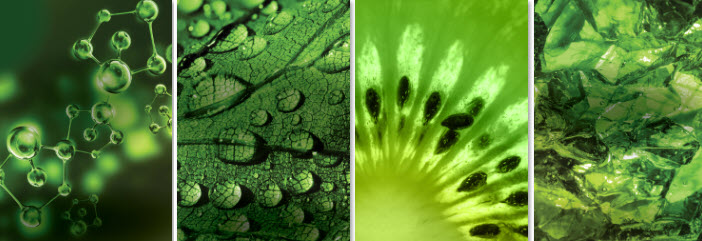The world´s most comprehensive portfolio of separation technologies.
Sustainability that complies with stricter environmental regulations
Wastewater treatment with paddle dryers in Ambarli, Turkey
In Ambarli, Turkey, more than two million people depend on the capabilities of just one wastewater treatment plant. But as strict new environmental regulations came into effect, the city’s outdated facilities became unsustainable.
The challenge:
Ensuring sustainable wastewater treatment while meeting stricter environmental requirements
What if fast population growth and new, strict environmental regulations mean that a big city’s wastewater treatment plant is outdated? In the European quarter of Istanbul in Ambarli, Turkey, the local authorities found themselves confronted with this problem. When the European Union’s Urban Waste Water Treatment Directive (91/271/EEC) came into force, a solution that complied with that regulation had to be found quickly, and at a competitive price.
As more than two million people depend on the capabilities of the wastewater treatment plant, the problem not only needed to be solved promptly, the solution also had to be implemented within a very short time frame. The limited area of land available made the challenge even tougher because the modernized plant not only had to be up and running in no time and treat more sewage and sludge while complying with stricter regulations, but also should not require a bigger footprint.
Our solution:
Achieve a dry solids content of up to 95% by heating
Wastewater treatment usually generates a waste stream of digested sludge. After dewatering, the sewage sludge has a dry solids content of around 25%, perfectly suitable for further thermal treatment.
At the Ambarli plant, ANDRITZ installed six paddle dryers GPD 14W190, each with a capacity of 4.2 t/h of sludge intake. Primary sludge and secondary sludge are digested and dewatered before being dried. The heart of the dryer installation consists of a trough containing two counter-rotating shafts arrayed with paddles. Thermal oil at 210 0C flows continuously through the jacket, hollow shafts, and paddles. The dried sludge – with a dry solids content of 90-95% – is conveyed by means of cooled conveyors into a storage silo at well below 40 °C.
We have designed the sludge drying lines based on many proven references. The biogas generated in the digestion process is used as fuel in the gas turbines and converted into electricity. The resulting heat from the gas turbines is transferred to the thermal oil system and used to provide the heat for the sludge dryers.
The heat energy in the vapor exhaust from the dryers is recovered in two ways. It heats the sludge that is fed into the digester tanks, and it heats the sludge coming from the digester tanks to improve the dewatering process in the centrifuges (approx. 3% increase in sludge dryness). Also, safe handling and storage of dried sludge is ensured by a product discharge system that cools the material to well below 50 °C.
Results:
High-tech installations with respect for the environment
The entire Ambarli plant is automated. At the drying system, operators only need to change settings when variations arise in the sludge. Because of the strict tender specifications, we had to offer the best possible mix of competitive pricing, a proven solution, reliable technology, and a very good energy balance.
The latter is guaranteed by minimizing the energy required to operate the dryers and by using two different types of heat recovery system further along the drying lines, amongst other means.
The Ambarli wastewater treatment plant makes a significant contribution towards improving the water quality in the Sea of Marmara because dried sludge can be used for several applications, unlike wet sludge. From Ambarli, for example, it goes to cement plants where it is used as an alternative, high-grade fuel.








